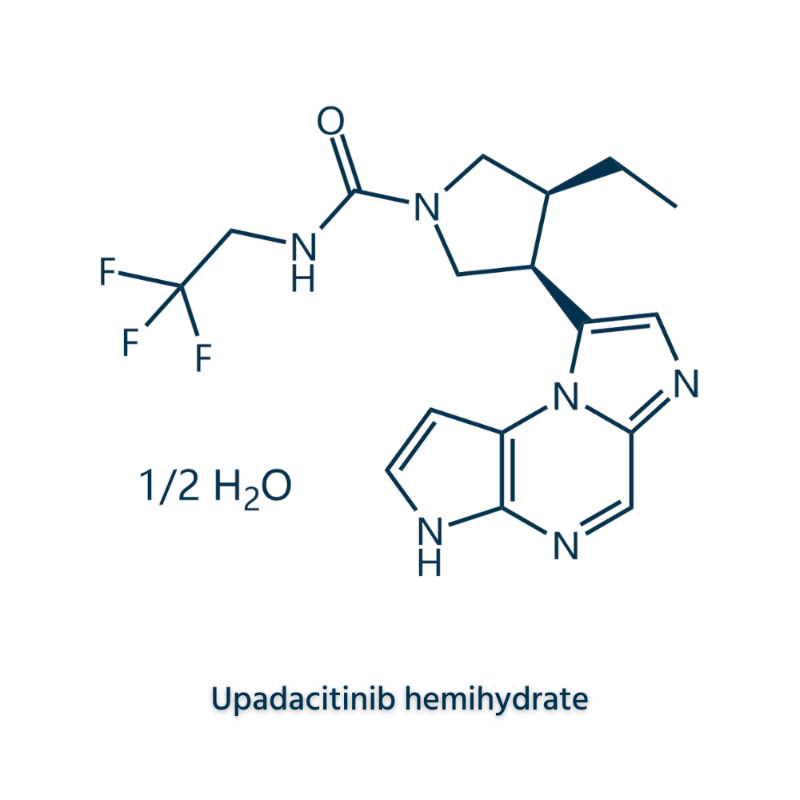Risk stratification and treatment of non-WNT/non-SHH myelin tumor
-
Last Update: 2020-06-03
-
Source: Internet
-
Author: User
Search more information of high quality chemicals, good prices and reliable suppliers, visit
www.echemi.com
Ref: Goschzik T,et alLancet Oncol2018 Dec;19 (12):1602-1616doi: 10.1016/S1470-2045 (18) 30532-1Epub 2018 Nov 150%-60% myelin tumors are standard risk-class tumors, i.enon-high-risk diseases, including non-metastasis, large cells or undifferentiated histology and MYC amplification; In myeloma at this standard risk, the WNT type is a group with a better prognosis, and the clinical progression of patients in non-WNT groups is significantly differentHowever, the mere dividing of myelin tumors into WNT and non-WNT groups is not conducive to the choice of treatment options and the accurate analysis of prognosisTobias Goschzik, of the Neuropathology Department at the University of Bonn Medical Center in Germany, and others, analyzed the genetic variation characteristics of patients in THE HIT-SIOP PNET 4 clinical trial, further stratifying the non-WNT type of myelin tumor at standard risk, and the results were published online in Lancet Oncol in November 2018study used 136 myelin tumor specimens in the HIT-SIOP PNET 4 trial, including 28 (21%) WNT type, 17 (13%) SHH type and 91 (67%) non-WNT// Non-SHH type; the clinical behavior of WNT and SHH subgroup was assessed, and it was found that the prognosis was better in patients under 16 years of age in WNT tumors, and in SHH-type tumors, patients with TP53 mutation or chromosome 17p deficiency had a prognosis and were prone to relapseMolecular reversal probes found that there were a large number of chromosomal multipliers and multiple non-random all-chromosome variants in non-WNT/non-SHH type, and patients with chromosome 7 acquisition, chromosome 8 deletion, chromosome 11 deletion, etcwere in the low risk groupUsing the above biological markers, non-WNT/non-SHH was regrouped into lower risk groups and high-risk groups, and the 5-year progression survival rate was 100% in the low risk group, compared with 68% in the high-risk groupIn the 70 validation groups, the median follow-up was 5.6 years, the non-progressive survival rate was 94.7% in the low risk group for 5 years, and the high-risk group was 58.6%reclassified non-WNT/non-SHH myelin patients into low-risk and high-risk groups based on full-chromosome signals, and after analysis, the authors suggested that relatively conservative treatment should be considered for children with WNT type, TP53 wild SHH type and non-WNT/non-SHH with all-chromosome mutation signals, and intensive treatment should be given to children with high-risk myeloma for better results.
This article is an English version of an article which is originally in the Chinese language on echemi.com and is provided for information purposes only.
This website makes no representation or warranty of any kind, either expressed or implied, as to the accuracy, completeness ownership or reliability of
the article or any translations thereof. If you have any concerns or complaints relating to the article, please send an email, providing a detailed
description of the concern or complaint, to
service@echemi.com. A staff member will contact you within 5 working days. Once verified, infringing content
will be removed immediately.







